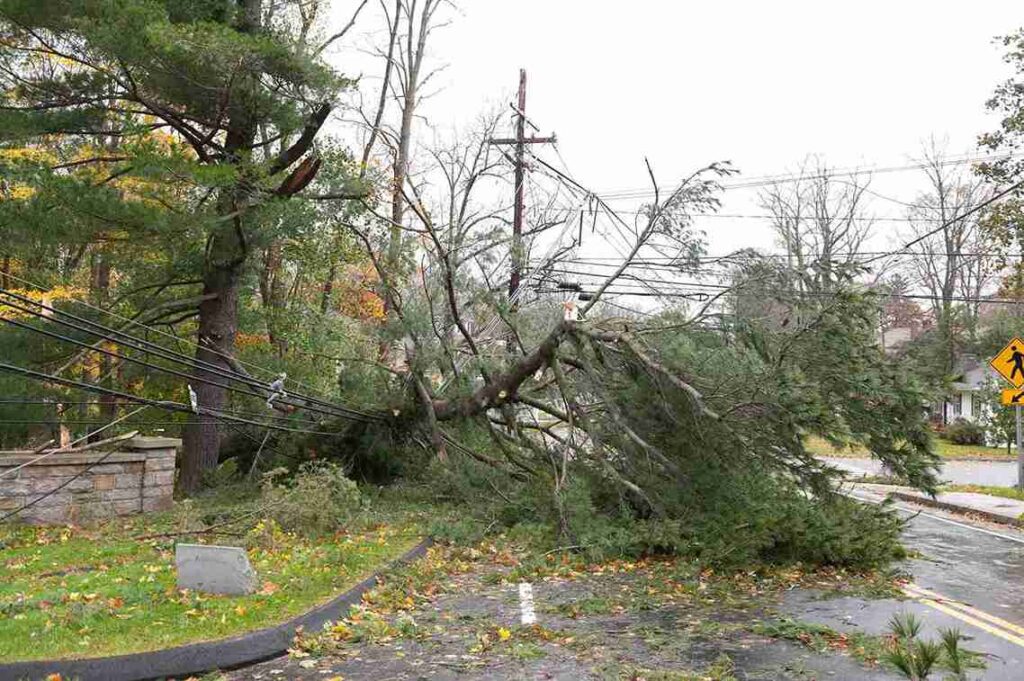July 30, 2025
Preparing Your Generac Generator for Hurricane Season: A Comprehensive Guide
Hurricane Season Generator Prep for Your Generac Generator: A Comprehensive Guide
If you live in an area that is at risk of a hurricane, you are also at risk of power loss during the storm. A backup or standby generator can provide your home with a safe, continuous power supply, ensuring all key electrical systems remain operational. However, just like any other part of your home, your generator requires care and maintenance to guarantee its performance. Here is your comprehensive guide to hurricane season generator prep for your Generac generator.

Risks of Power Outages During Hurricanes
A key part of hurricane emergency preparedness is to find solutions for specific risks that your home might face. Hurricanes have the potential to do major damage to homes and electrical infrastructure. Heavy storms and high winds can knock down power lines and trees, leading to power outages that last for days or even weeks. To assess your area’s risk and ensure preparedness, you should:
- Regularly monitor weather alerts on your local news station, website, and social media accounts.
- Follow social media accounts of storm experts in your area.
- Listen to NOAA weather radio.
- Sign up for local emergency alerts for thunderstorms and hurricanes.
- Be aware of how your state notifies residents of a hurricane warning and what to do if you get one.
- Find information about the location, age, condition, and vulnerabilities of your local power infrastructure.
- Get information about previous power outages from your utility company.
- Prepare for an outage by installing a backup generator, knowing when and how to seek shelter, creating a home evacuation plan, and putting together a hurricane emergency kit.
Generac Generator Placement for Optimal Power Outage Solutions
For backup or portable generators that need to be switched on manually, proper placement is key to ensure your safety and the fast transfer of power. A backup generator should be installed close enough to your home that you can access it easily during a storm, but it should also be a safe distance from buildings, windows, and vents to prevent carbon monoxide poisoning. In general, it should be within 20 feet of your home.
An automatic backup generator or standby generator does not need to be turned on manually; however, automatic generators can still pose a risk of carbon monoxide poisoning and are often noisy. Your generator should be installed by a qualified electrician who understands local and national codes and generator installation guidelines. They will install it in an area free from vegetation and obstacles, near your electrical and gas meters, on a level surface that prevents interference. The exhaust vents should face away from your home.
How to Prepare a Generac Generator for Hurricane Season
Hurricane season in the tri-state area is typically June through November. It’s best to start preparing your generator for hurricane season in late April or May. Use this pre-hurricane season generator inspection and maintenance checklist:
- Clear Away All Debris – Clear away any debris that has accumulated around your generator, like sticks, leaves, and dirt.
- Thoroughly Inspect Your Generator – Thoroughly inspect your generator. Look for any signs of damage, wear and tear, corrosion, or anything else that could interfere with its safe operation.
- Check All Connections – Check all generator connections, like the fuel lines, for signs of leaks or wear and tear. Make sure the generator is properly grounded.
- Ensure Proper Electrical and Utility Connections – Make sure all electrical connections are secure and that the generator is properly connected to your utility meters.
- Check Fuel Levels and Battery – Check the fuel level and make sure you have extra fuel on hand and that it is stored safely and properly. Check the battery and make sure it is properly charged and free from corrosion and debris.
- Check Oil Levels – Check oil levels and replace oil if necessary.
- Run Through a Comprehensive Control Panel Check – Run through a comprehensive test of the generator’s control panel to make sure everything works. Conduct a load test to verify that the generator is working properly.
- Assess Placement and Ventilation – Make sure the generator is properly placed on a dry, level, and stable surface that protects it from water damage during a storm. Verify proper ventilation to prevent carbon monoxide poisoning.
- Know When to Call a Professional for Help – If you notice any problems with your generator or aren’t sure if it is operating properly, call a qualified electrician for help.
Schedule Installation of a Backup Generator for Hurricane Season
Seidel Electric can help you make sure your Generac generator is ready for hurricane season. We offer professional installation, maintenance, and repair of generators. One of our highly qualified and experienced technicians will visit your home and perform a comprehensive inspection of your generator, testing every component to make sure it is functioning safely and properly. We offer generator repair and can replace any parts as needed, guaranteeing a reliable and safe supply of power during an outage. Call us now or contact us online to schedule installation of a backup generator for hurricane season in Blairstown, NJ, or anywhere in the tri-state area.
